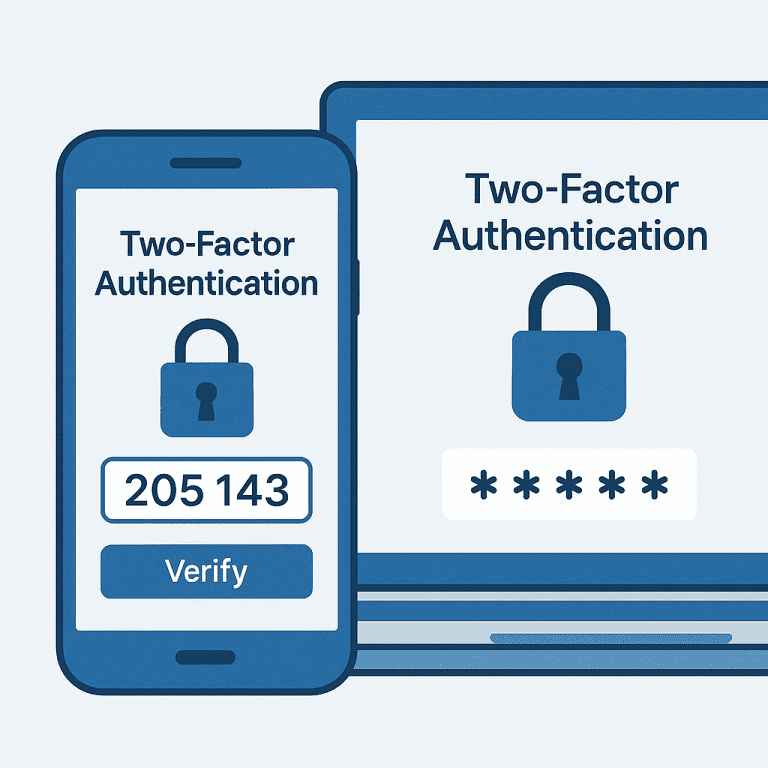Can I Really Get My Money Back After I Got Scammed?
Getting scammed feels awful. You’ll face immediate financial issues. Then, you might worry about your account’s safety. You could also feel embarrassed. Even though it happens to many people, that doesn’t make it better. Still, there are solid ways to try to get your money back.
What Should I Do First If I Got Scammed?
- Move quickly. The sooner you act, the better your chances.
- Secure your account. Change your passwords and make sure that you enable two-factor authentication or another layer of security.
- Gather the evidence. Screenshots, receipts, emails, anything that shows what happened.
- Report the scam at ReportFraud.ftc.gov. The FTC tracks patterns and shares information with law enforcement.
- Dispute the charge with your bank. Unsure how? Keep reading.


How Do I “Dispute a Charge” With My Bank?
Whether your account is at Chase Bank, PNC Bank, Citi Bank, or Fifth Third Bank, the federal rules are the same.
- Tell the bank and follow up in writing. Contact your bank right away, or use your banking app to report the charges. If you can, take screenshots. Follow up by email or certified mail. Include these details: your name, account number, charge date, amount, and your reason for disputing the charge.
- Do it within 60 days. You have 60 days from the statement date to raise the issue.
- Request provisional credit after 10 business days. If the bank takes more than 10 days after receiving your notice, it owes you a provisional credit.
- Follow up politely but firmly. Fraud departments see this every day; being clear and persistent helps.
What Does My Bank Have to Do After I Report the Charge?
Under Reg E §§ 1005.6 & 1005.11, if the charge is from your personal bank account (not a business account or credit card), your bank must:
| What the Bank Must Do | How It Works |
|---|---|
| Investigate promptly | Start once you notify them. |
| Give you provisional credit | Within 10 business days. |
| Explain the findings in writing | And share documents if you ask. |
| Make the credit permanent or reverse it with notice | Depends on the findings. |
| Limit your loss | If you reported quickly, your max out-of-pocket is $50. |

What If My Bank Still Won’t Refund Me?
- Demand that the bank provide you with all the documents it reviewed to determine that there was no error. This is guaranteed under §1005.11(d)(1). Banks must “promptly provide copies of the documents” they used to make their decisions. The CFPB’s Official Interpretation says these documents must be in “an understandable form.” They can’t just send unreadable codes.
- Ask for a second review. Some banks have appeal teams.
- File a complaint with the CFPB. Many issues get resolved once the regulator is watching.
- Think about legal help. If the bank says no after you followed the rules, you might want to talk to a consumer-protection lawyer.
Key Takeaways
- Report quickly and keep copies.
- Check in with the bank after reporting.
- Banks like Chase, PNC, Citi, and Fifth Third have to follow the same federal rules.
- If they don’t, help is out there.
How to Avoid Getting Scammed Again
Nobody wants to deal with this twice. There are straightforward ways to protect yourself going forward. Be wary of anyone who creates urgency. This includes “limited time offers” or claims that your account will be closed right away. Legitimate businesses give you time to think. Verify contacts on your own. Look up phone numbers instead of using those from suspicious messages. And trust your gut. If something feels off, it probably is. These simple habits can save you from future headaches.
Keep an Eye on Your Credit
If the scammer has your personal information, like your Social Security number or address, your issues could go beyond just that one fake charge. Check your credit reports at annualcreditreport.com. Also, think about placing a credit freeze with all three major bureaus: Experian, Equifax, and TransUnion. A freeze stops new accounts from being opened in your name, and it’s free to place and lift. It’s a hassle, but it’s better than finding out months later that someone opened credit cards or took loans in your name.
Let’s Talk About Your Options
If your bank still won’t budge, request a consultation. We’ll look at your situation and explain the next steps—no obligation.
Bonus content about your bank’s investigation requirements.
Your bank cannot charge you for investigating or giving you the documents it considered. This is explained in the CFPB’s Official Interpretation of §1005.11(c): “If a billing error occurred, whether as alleged or in a different amount or manner, the financial institution may not impose a charge related to any aspect of the error-resolution process (including charges for documentation or investigation). Since the Act grants the consumer error-resolution rights, the institution should avoid any chilling effect on the good-faith assertion of errors that might result if charges are assessed when no billing error has occurred.”
In some limited instances, banks have more time to conduct an investigation or issue a provisional credit. For example, if the transaction involves a new account, the bank has 20 business days to issue a provisional credit. If the transaction came from a point-of-sale debit card, the bank has 90 days to investigate. For more details, look at §1005.11(c)(3) below.
- §1005.11(c)(3): Extension of time periods. “The time periods in paragraphs (c)(1) and (c)(2) of this section are extended as follows:”
- “The applicable time is 20 business days in place of 10 business days under paragraphs (c)(1) and (2) of this section if the notice of error involves an electronic fund transfer to or from the account within 30 days after the first deposit to the account was made.”
- “The applicable time is 90 days in place of 45 days under paragraph (c)(2) of this section, for completing an investigation, if a notice of error involves an electronic fund transfer that: Was not initiated within a state; Resulted from a point-of-sale debit card transaction; or Occurred within 30 days after the first deposit to the account was made.”
About the Author
Angel E. Reyes is a former federal enforcement attorney at the Consumer Financial Protection Bureau and the Federal Trade Commission. After bringing enforcement actions against the largest U.S. companies, which resulted in over $100 million returned to consumers, he left the government to open Power to the People Law PLLC. This law firm focuses on protecting people’s homes and bank accounts.
Disclaimer
Informational only. Attorney advertising. Not legal advice.
